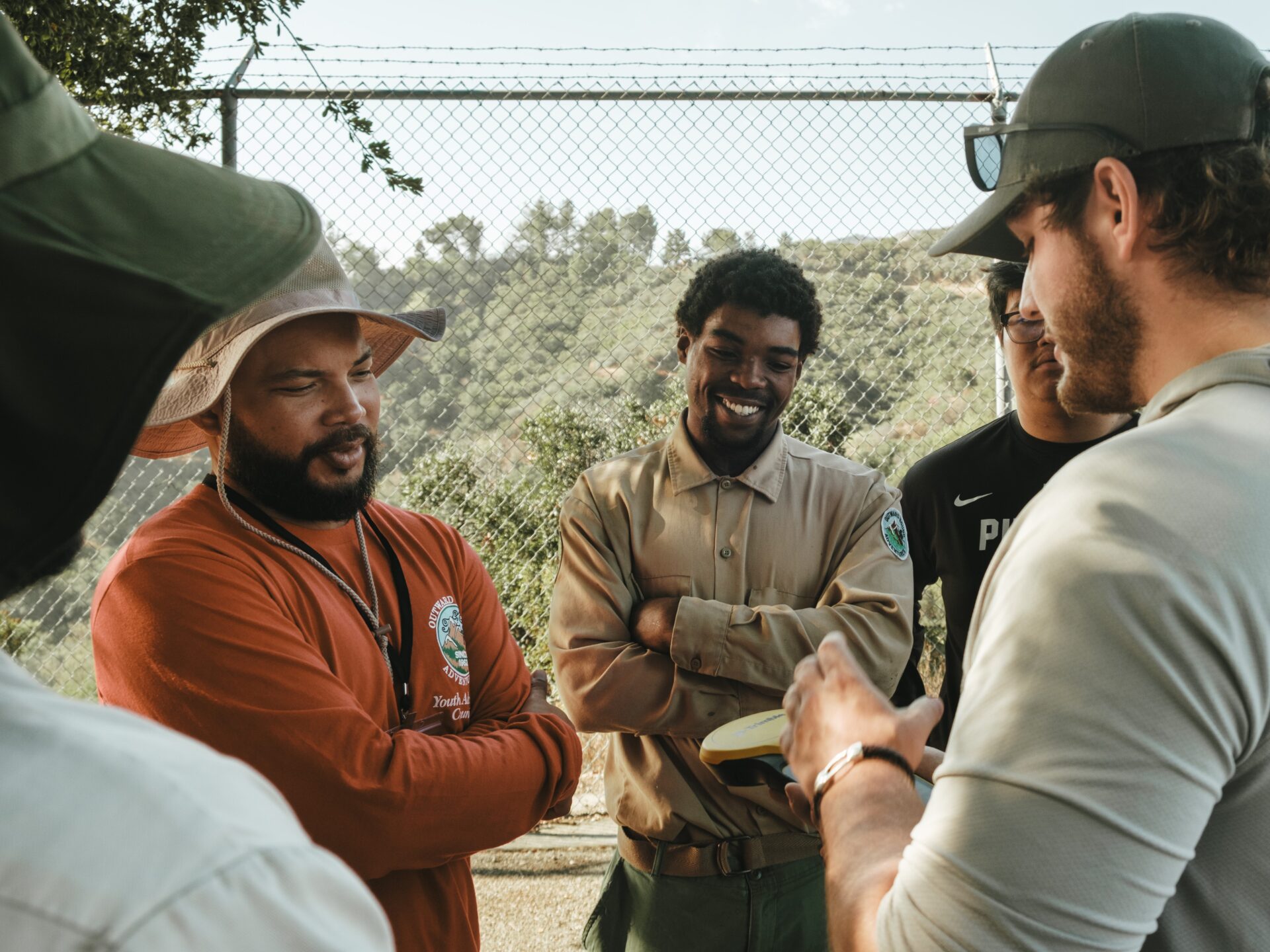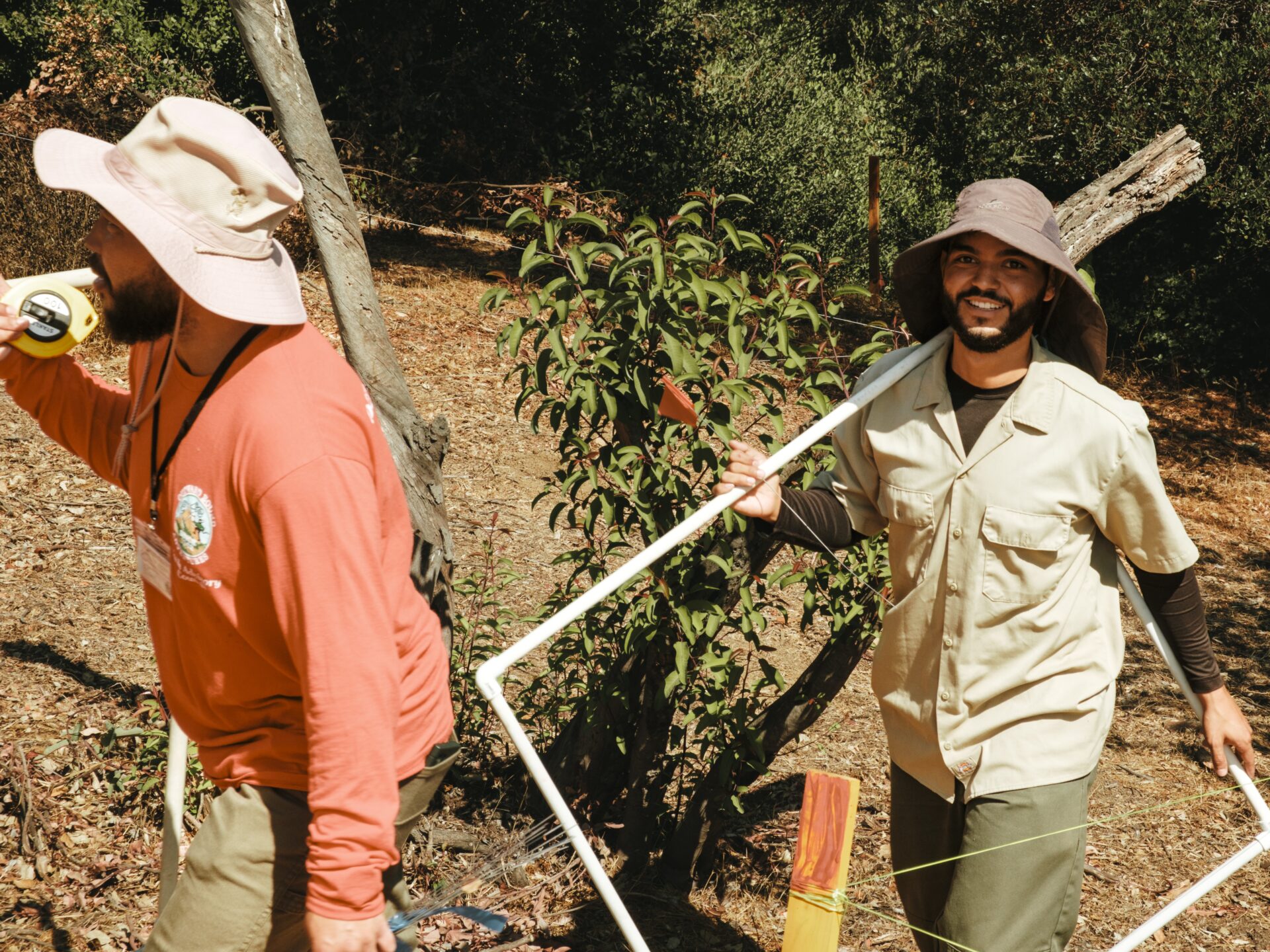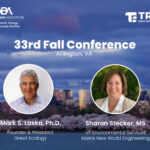
Great Ecology at ABA SEER Fall Conference
October 16, 2025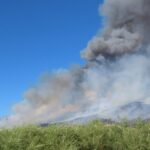
Resilient Landscapes at the Wildland Urban Interface
November 11, 2025
Great Ecology at ABA SEER Fall Conference
October 16, 2025
Resilient Landscapes at the Wildland Urban Interface
November 11, 2025Restoring Oak Woodlands
at the Los Angeles Zoo
Dr. Joseph Peters
October 22, 2025
Great Ecology, the Los Angeles Zoo, and Outward Bound Adventures (OBA) are partnering on an Oak Woodland Restoration experiment on Zoo property designed to answer a practical question:
How much effort is really needed to bring back and sustain a healthy oak woodland—and at what point do added inputs stop giving meaningful returns?
To test this, we established 32 experimental plots (20 × 20 ft each), assigned to one of four treatments:
-
no action (control)
-
low
-
moderate
-
high effort
This design will allow us to see whether cost-effective, lighter-touch methods can achieve similar outcomes to more intensive restoration, or whether higher effort truly delivers lasting ecological benefits.
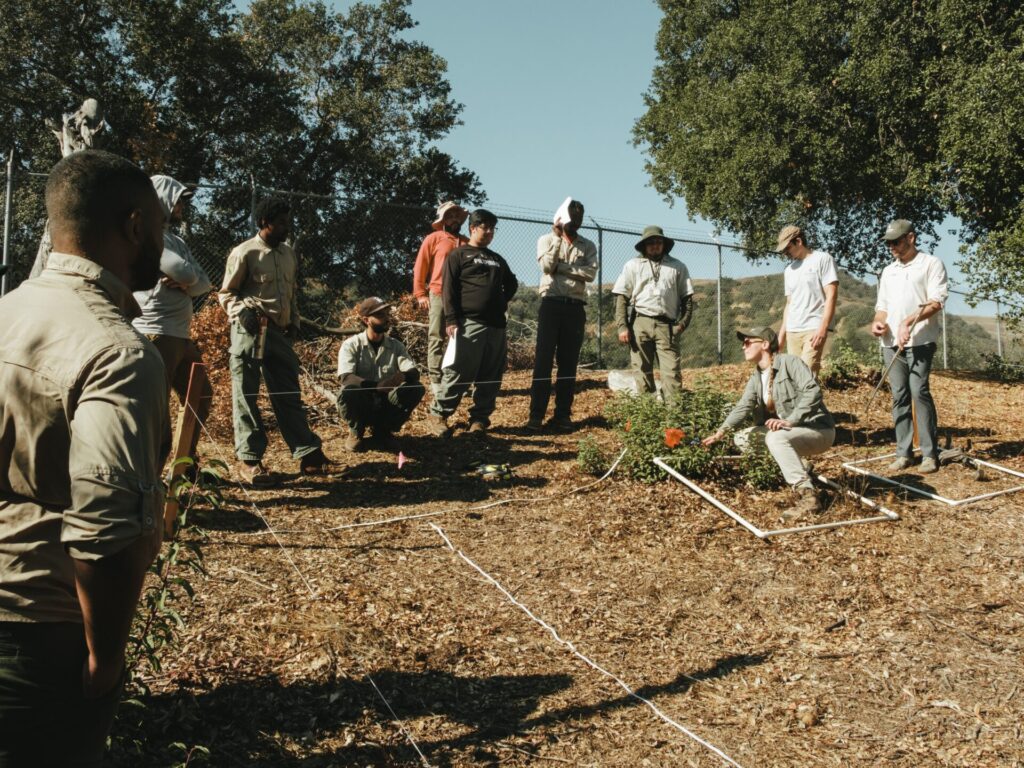
Our Great Ecology team—Yani, Billy, Drake, and I—partnered with OBA to complete baseline ecological assessments that mark the starting point for this experiment. We measured site conditions such as soil compaction, drainage, and existing canopy and ground cover. Large plots can hold a surprising amount of variation, so our goal was to capture that complexity to establish a strong baseline. For instance, one quadrant might sit under dense shade with deep leaf litter and moist soil, while another could be open and dry. To account for these contrasts, each plot was divided into a 4 × 4 grid of subplots (25 square feet each. Within each subplot, we surveyed native and non-native vegetation, collected soil cores, measured compaction and litter depth, and recorded any signs of wildlife activity in or near the plots.
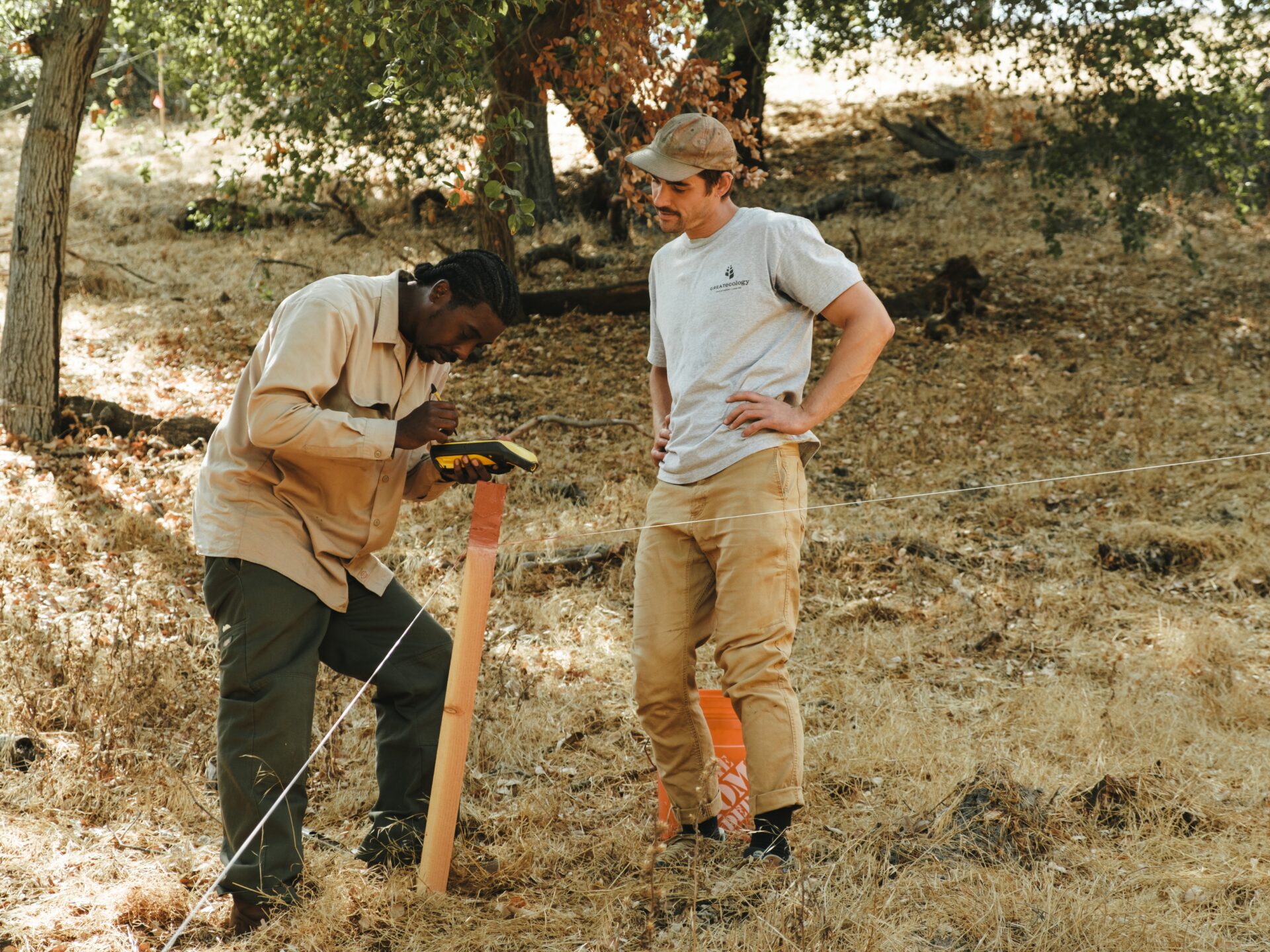
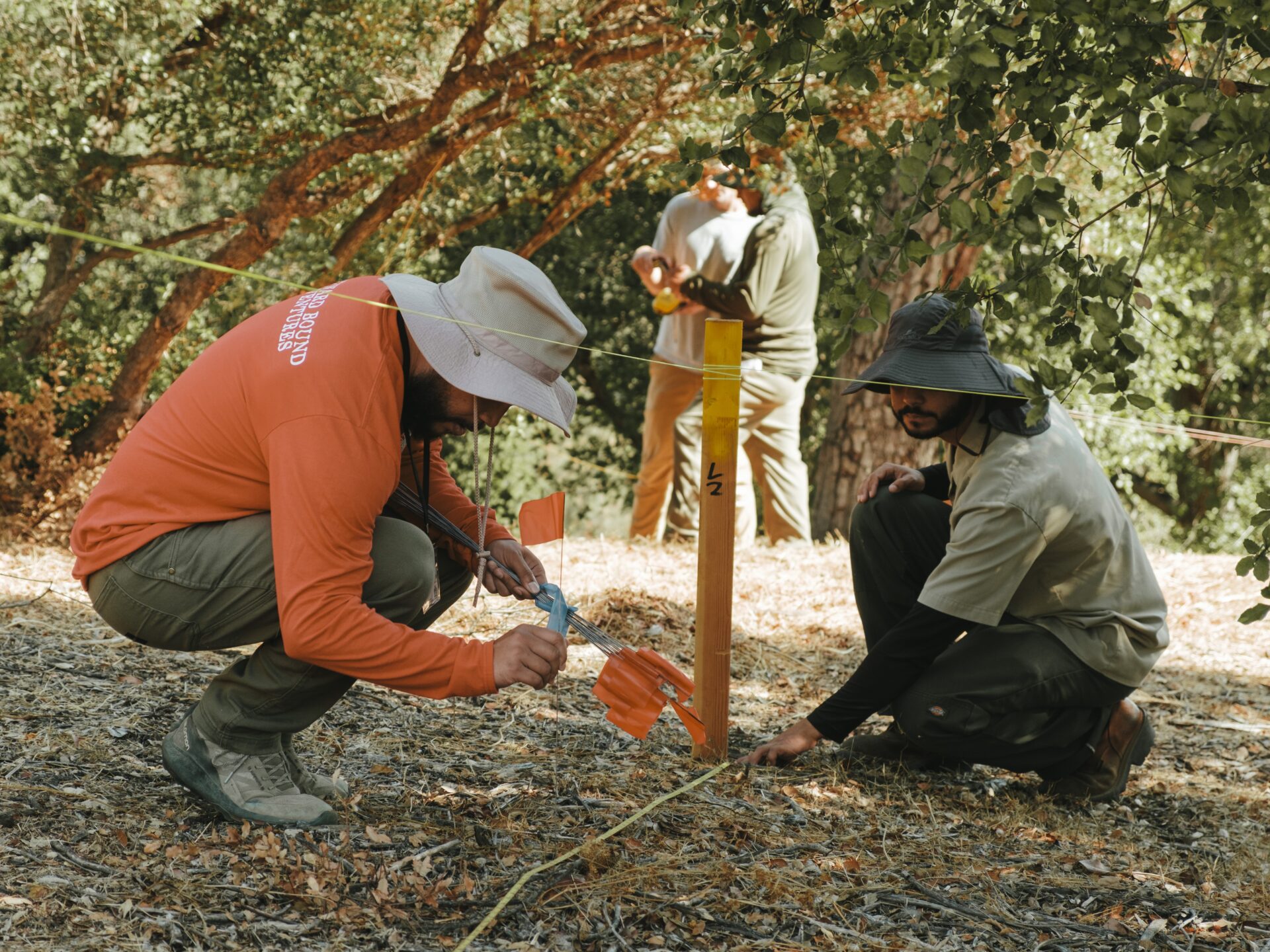
Ultimately, these baseline measurements serve as the starting point for comparing restoration outcomes over time. As treatments are implemented and native species naturally reestablish, we expect to see major improvements in the health and resilience of this oak woodland. Equally important, the field day highlighted our partnership with OBA, providing hands-on training in standardized monitoring methods and engaging community members directly in the science of restoration. The resulting dataset not only establishes the ecological baseline for the site but also reflects a shared investment in the long-term stewardship of this urban woodland. Together, we are not just collecting data—we are building a community of stewards committed to restoring and sustaining California’s native habitats.
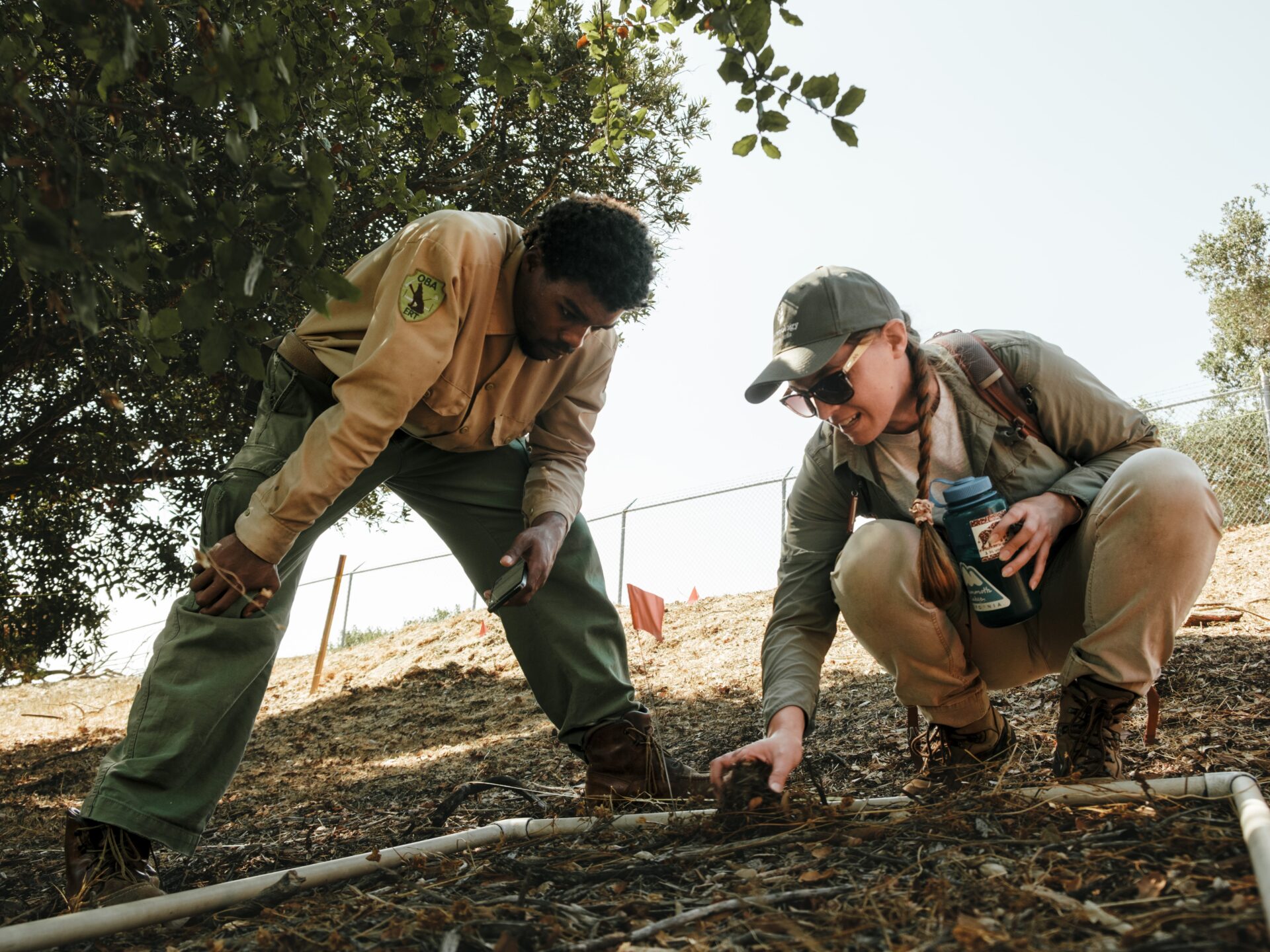
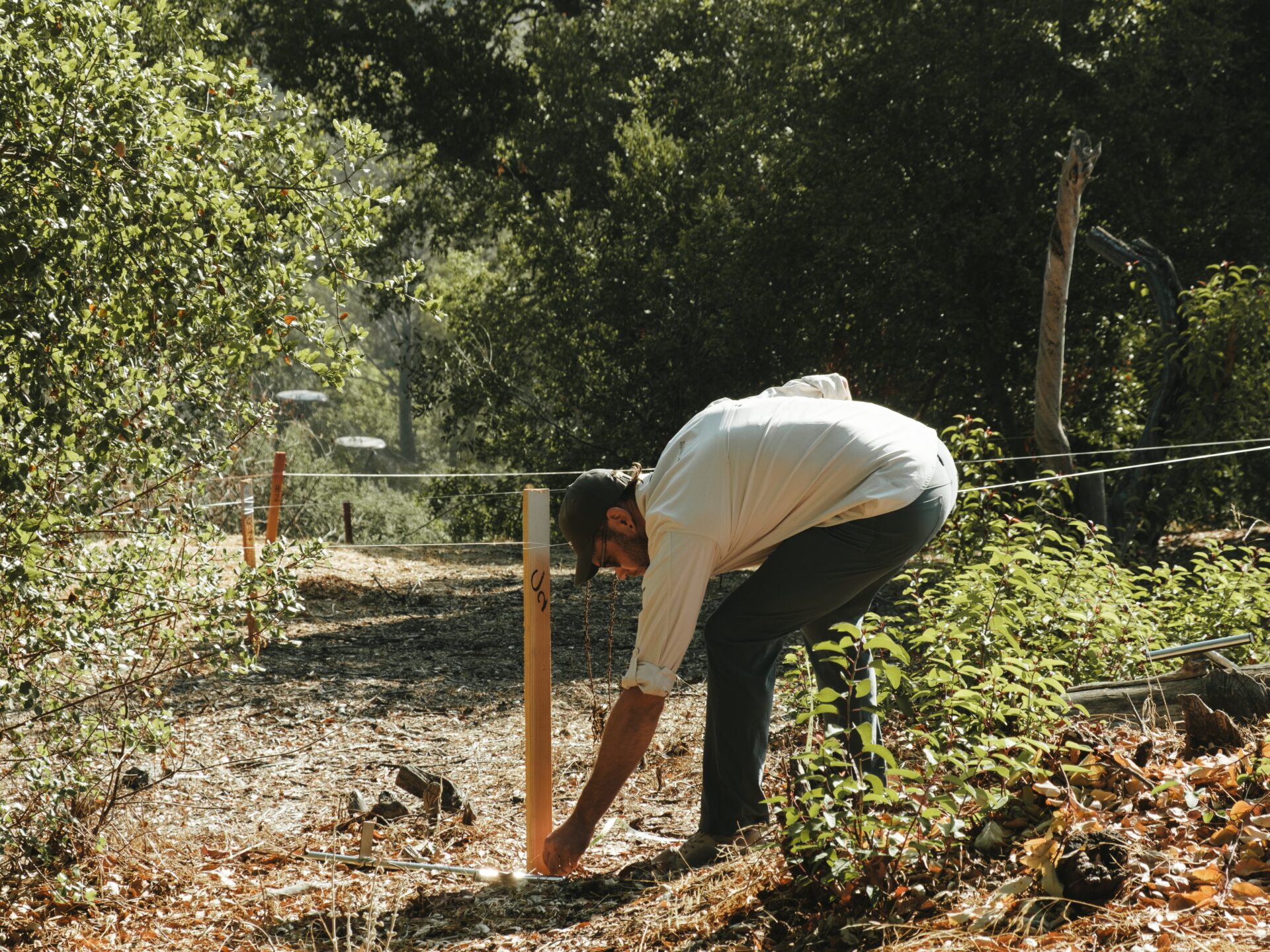
Where do we go from here?
With baseline data now in hand, the next phase focuses on putting restoration into motion. Each treatment—low, moderate, and high effort—will be implemented using tailored combinations of native plant palettes, irrigation regimes, and maintenance schedules. Plantings will emphasize locally sourced coast live oak, understory shrubs such as toyon and black sage, and groundcover species that enhance soil health and resilience to drought. Low-effort plots will rely primarily on natural recruitment and invasive species control, while high-effort plots will include active planting, irrigation through the first dry season, and intensive weeding to give native seedlings a head start. Moderate effort plots fall in between. Maintenance will taper over time as the community self-establishes and canopy closure reduces invasive pressure.
Through this process, we aim to test not only which restoration strategies work best for this site, but also when to let nature take the lead—and when a helping hand makes all the difference.
